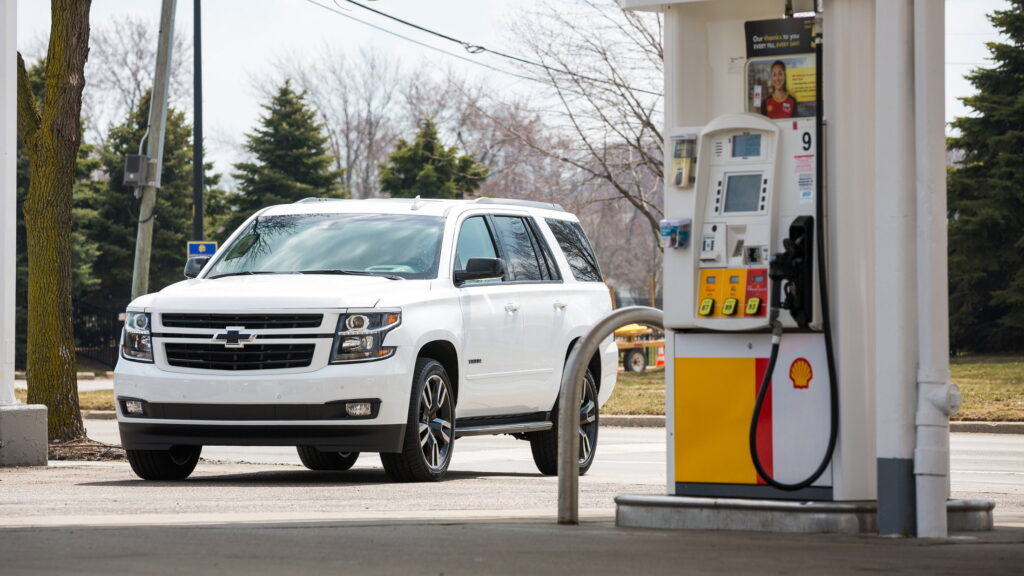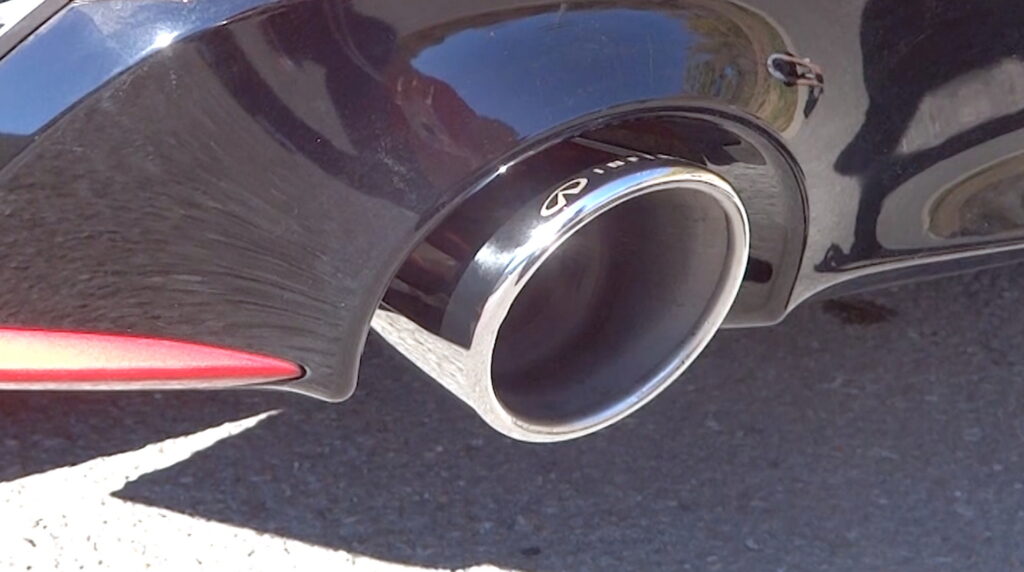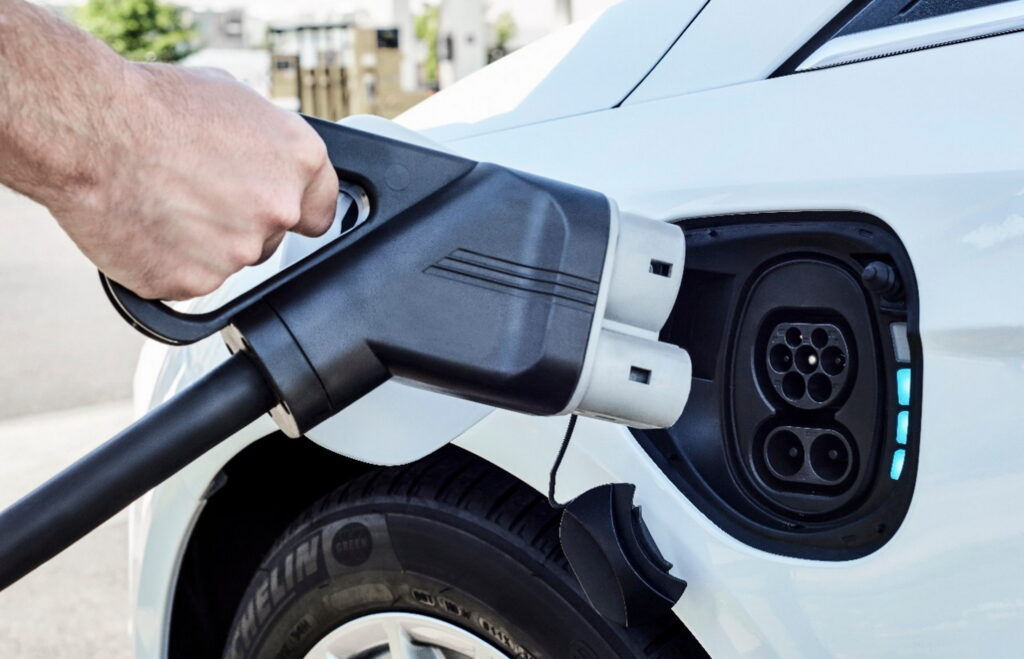Even as American vehicles become larger and more powerful, fuel economy and CO2 emissions have improved to record levels

The U.S. Environmental Protection Agency (EPA) released its annual Automotive Trends Report this week, and found that 2022 was a banner year for the transportation sector. While fuel economy reached a record high, CO2 emissions reached a record low.
And that’s not just normal progress, the automotive industry recorded its biggest annual improvements in emissions and fuel economy in almost a decade. Average fuel economy increased by 0.6 MPG between 2021 and 2022, which doubles the average annual improvement over the last 10 years.
That increase in average fuel economy came thanks to gains across most vehicle types. The EPA reports that almost every segment is the most efficient it has ever been, and that sport utility vehicles increased their economy by 2.4 MPG in 2022. That’s important because sales of utility vehicles continues to grow.
advertisement scroll to continue
Read: U.S. Proposes Goal For Automakers Of 58 MPG On Average By 2032

Meanwhile, electric and plug-in hybrid vehicles did a lot of heavy lifting, and helped improve the overall industry’s average fuel economy by 1.2 MPG. Adoption of new energy vehicles is growing, and sales accelerated in 2023, which means that the EPA expects the industry’s performance to improve again next year.
Unsurprisingly, that also meant that the estimated real-world CO2 emissions for all new vehicles also fell significantly. Down 3 percent year over year, they are now at their lowest-ever reported value. Since 2004, CO2 emissions have fallen by 27 percent, while fuel economy has risen by 35 percent.
Stellantis had the worst fuel economy
The EPA reports that all 14 major manufacturers are in compliance with greenhouse gas program requirements in 2022, however that comes with the caveat that automakers like GM and Mercedes were still forced to buy emissions credits from Tesla to meet that goal. Stellantis was the automaker with the lowest average fuel economy in the industry.
“As the United States accelerates towards a clean transportation future, today’s report highlights the historic progress made so far by the industry to reduce climate pollution and other harmful emissions,” said EPA Administrator Michael S. Regan. “We are thrilled to see manufacturers continue to innovate and develop technologies in multiple vehicle categories that have led to a substantial increase in miles per gallon, passing cost savings onto families across the nation.”



